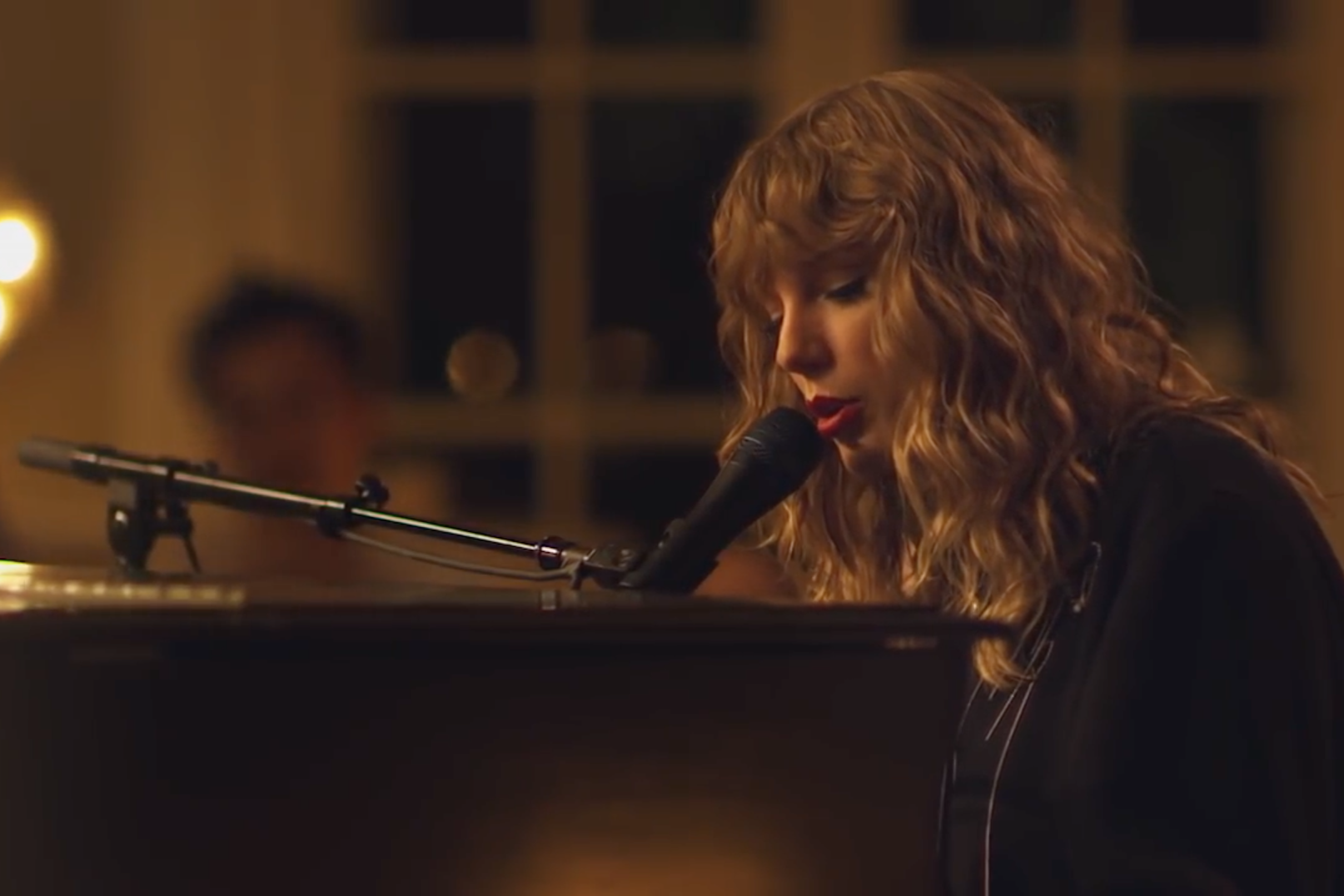Today is a good day to revisit something Taylor Swift said to writer Jody Rosen for a 2013 New York magazine profile. At the time, Swift was a 23-year-old superstar just off the breakthrough triumph of her fourth album Red. She hadn’t yet begun recording the album that would become 1989, but she was thinking about how she wanted it to sound, and the kind of mistakes she hoped to avoid:
“I have a lot of things to draw from emotionally at the moment. But I have to draw from them with a different perspective than on Red. I can’t say the same things over and over, you know? I mean, I think it’s just all the more important that I don’t ever allow myself to coast.
“At the same time, there’s a mistake that I see artists make when they’re on their fourth or fifth record, and they think innovation is more important than solid songwriting. The most terrible letdown as a listener for me is when I’m listening to a song and I see what they were trying to do. Like, where there’s a dance break that doesn’t make any sense, there’s a rap that shouldn’t be there, there’s like a beat change that’s, like, the coolest, hippest thing this six months—but it has nothing to do with the feeling, it has nothing to do with the emotion, it has nothing to do with the lyric. I never want to put things in songs just because that might make them popular, like, on the more rhythmic stations or in dance clubs. I really don’t want a compilation of sounds. I just need them to be songs.”
This is a striking quote to revisit now, hours after the release of Swift’s sixth full-length Reputation. The new album has deconstructed dance songs, arguably out-of-place features from Future and rappin’ Ed Sheeran, and some flashy production that might end up sounding dated before Red does. These days, scoring radio airplay alongside popular hip-hop, upbeat R&B and dance-pop is indeed a Taylor Swift prerogative. A lot can change in four years.

Also Read
Choppered and Tuned
And therein lies the poignance of Reputation‘s closer. “New Year’s Day” isn’t a country song, but it is classically Swift, down to a Polaroid photography habit. It opens with a gentle piano figure, sounding a little like Regina Spektor; listen closely, and you can just hear her working the pedals. Later, an acoustic guitar and a synth quietly enter into the background. “There’s glitter on the floor after the party,” Swift begins, sketching out scenes in a warm, morning-after haze. Barefoot girls carry their heels through the lobby, like Degas’s dancers if they were all extraordinarily popular on Instagram. It’s a glamorous picture, but not quite unattainable. Dripping candle wax on the hardwood is a casual luxury in a way the Range Rovers and Jaguars she shouts out on “King of My Heart” are not.
“New Year’s Day” isn’t about a big change or a fresh start; it’s about marking time you scarcely felt as it passed. It’s a song for emotions that well up at inflection points, the way “Good Riddance (Time of Your Life)” represents social permission to start crying at high-school graduation. It is a love song: “I want your midnights,” Swift tells the lover who’s still here now that their friends have gone home. “Don’t read the last page, but I stay / When it’s hard and it’s wrong and we’re making mistakes.” It’s the only time she offers up the kind of devotion she seeks (through however much romantic confusion) on earlier tracks “End Game” and “Don’t Blame Me,” in which she admitted she was looking for the long run without seeming quite ready to commit herself.
The Taylor Swift of “New Year’s Day” is the Taylor Swift of the New York magazine quote, the sentimentalist who valued songwriting above all else. There is more to life, and certainly to pop stardom, than good songwriting. But how telling that, to conclude the album at greatest risk of violating her own aesthetic judgements, Swift has come back to what she does best.




